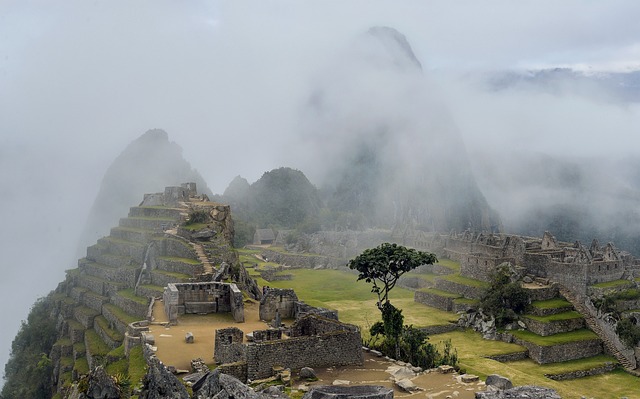Peru, a country steeped in history and culture, is home to some of the world’s most remarkable ancient ruins. From the awe-inspiring citadel of Machu Picchu to the enigmatic lines of Nazca, these archaeological wonders offer a window into the lives and civilizations of the past. Join us as we embark on a journey through time to discover the secrets of Peru’s ancient ruins.
Machu Picchu: The Lost City of the Incas
Machu Picchu, perched high in the Andes Mountains, is perhaps the most iconic of Peru’s ancient ruins. Built by the Inca civilization in the 15th century and abandoned a century later, this mystical citadel remained hidden from the outside world until its rediscovery in 1911. Today, Machu Picchu stands as a UNESCO World Heritage site and one of the New Seven Wonders of the World.
Awe-Inspiring Architecture: Marvel at the precision and ingenuity of Inca engineering as you explore Machu Picchu’s terraced fields, temples, and ceremonial plazas. Stand in awe at the Intihuatana Stone, an ancient sundial believed to have served as an astronomical observatory. Wander through the labyrinthine streets of the citadel, imagining life as it once was in this remote mountaintop city.
The Inca Trail: For the adventurous traveler, the Inca Trail offers a once-in-a-lifetime opportunity to follow in the footsteps of ancient Incas on a multi-day trek through breathtaking Andean landscapes. Pass through cloud forests, high mountain passes, and ancient Inca settlements before arriving at Machu Picchu at sunrise, a truly unforgettable experience.
The Mysterious Lines of Nazca
The Nazca Lines, etched into the desert plains of southern Peru, are one of the world’s greatest archaeological enigmas. Created by the Nazca civilization between 500 BCE and 500 CE, these geoglyphs depict a variety of animals, plants, and geometric shapes, some of which are visible only from the air. The purpose and meaning of the lines continue to puzzle researchers and archaeologists to this day.
A Bird’s-Eye View: Take to the skies on a thrilling flight over the Nazca Lines for a unique perspective on these ancient mysteries. From the vantage point of a small aircraft, you’ll soar above the desert landscape, marveling at the intricate designs and colossal scale of the geoglyphs below. Keep an eye out for iconic figures such as the hummingbird, spider, and monkey, as well as lesser-known shapes and symbols.
The Enigmatic Ruins of Chavín de Huántar
Chavín de Huántar, located in the Andean highlands of central Peru, is one of the oldest and most important archaeological sites in the country. Built by the Chavín civilization around 900 BCE, this ancient complex served as a religious and ceremonial center for centuries, drawing pilgrims from across the region. Today, it is a UNESCO World Heritage site and a fascinating window into pre-Columbian Andean culture.
Spiritual Center: Explore the labyrinthine tunnels and underground chambers of Chavín de Huántar, which were believed to be used for ritual ceremonies and religious practices. Admire the intricate stone carvings and sculptures that adorn the site, depicting mythical creatures and deities of the Chavín pantheon. Stand in awe at the iconic Lanzón, a towering granite monolith that is the centerpiece of the complex.
Final Thoughts: An Expedition Through Time
Peru’s ancient ruins are more than just remnants of the past; they are gateways to understanding the rich tapestry of history and culture that has shaped this remarkable country. Whether you’re marveling at the majestic citadel of Machu Picchu, deciphering the mysteries of the Nazca Lines from above, or delving into the spiritual world of Chavín de Huántar, each archaeological site offers a glimpse into the lives and beliefs of ancient civilizations. So pack your bags, embark on an expedition through time, and prepare to be captivated by the wonders of Peru’s ancient past.
Join 900+ subscribers
Stay in the loop with everything you need to know.

